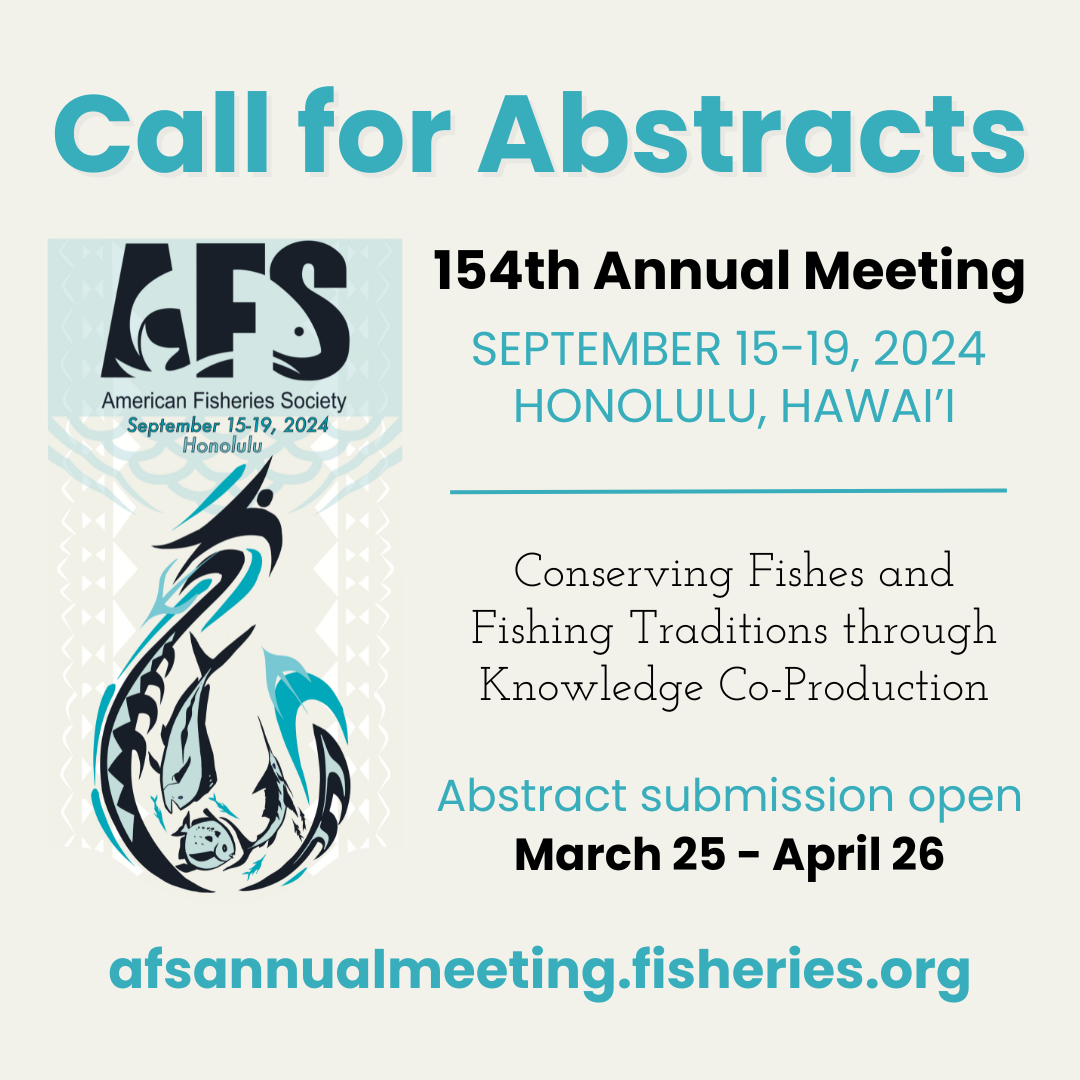PDF version
October 21, 2019
Administrator Andrew Wheeler
Environmental Protection Agency
1200 Pennsylvania Avenue NW
Washington, DC 20460
Submitted via regulations.gov
RE: Comments on Docket ID No. EPA-HQ-OW-2019-0405
Dear Administrator Wheeler,
On behalf of our millions of members and supporters, the undersigned hunting, fishing, and conservation groups write in opposition to the Environmental Protection Agency’s (EPA) proposal to make changes to the rules governing states’ and tribes’ Clean Water Act (CWA) Section 401 water quality certification process. We oppose the proposed rule both because it would negatively harm fish and wildlife habitat and because it creates enormous barriers for states and tribes to use 401 certification conditions to protect their important water resources. These barriers shift power that Congress deliberately gave to states away from state agencies to the EPA as well as other federal agencies, some of which have no Clean Water Act authority.
We ask that your agency withdraw this damaging proposal immediately and instead uphold the longstanding cooperative federalism approach that allows states, tribes, and the federal government to work together to protect our shared water resources and the fish, wildlife, and outdoor pursuits that depend on access to healthy wetlands and streams.
The Need for Section 401 of the Clean Water Act
The Clean Water Act is one of our country’s bedrock environmental laws, passed to “restore and maintain the chemical, physical, and biological integrity of the Nation’s waters.” Section 401 is an integral part of the Act. It established an important federal-state partnership, providing states with the opportunity to ensure Clean Water Act protected waterways and wetlands are safeguarded from the adverse effects of activities that need federal permits, such as the construction of dams, diversions, housing and commercial development, roads, bridges, mines, hydropower plants, and pipelines.
While outright denials of certification are rare, states do use their Section 401 authority to condition projects that would harm fish and wildlife habitat. Conditions can allow a project to proceed, albeit with requirements to avoid decreased stream flows, blocked fish passage, increased sedimentation, and/or elevated stream temperatures. For example, in 1986, Washington state stated it would grant a Section 401 permit for a new dam, provided the permittee maintained a minimum in-stream flow below the dam to protect an important fishery along the Dosewallips River near Olympic National Park. The state required these conditions because the impacted waterway was an important spawning and rearing habitat for coho and chinook salmon as well as cutthroat trout. The permittee challenged the state’s decision to require the minimum instream flows; however, in a 1994 7-2 decision, the U.S. Supreme Court held that states could impose conditions based not only on Clean Water Act water quality standards, but also, as the statute said, on “any other appropriate requirement of State law.” (PUD No. 1 of Jefferson County v. Washington Department of Ecology)
Additionally, the recent steps the EPA and the U.S. Army Corps of Engineers have taken – to repeal and replace the 2015 Clean Water Rule with a rule that has a much narrower scope – make maintaining Section 401 state authority even more important. Under the EPA and Army Corps’ new proposed definition of “waters of the United States” (WOTUS), roughly 50 percent of wetlands and 18 percent of the country’s stream miles would lose Clean Water Act protections. The Administration’s proposed WOTUS rewrite would threaten waters that provide habitat for more than half of North American migratory waterfowl, serve as critical spawning grounds for salmon and trout, and provide drinking water for millions of Americans. If the agencies finalize their replacement rule, the EPA’s proposed changes to Section 401 will dramatically undermine the ability of states to protect their streams and wetlands that the Clean Water Act would no longer cover.
In its proposed redefinition of WOTUS, the EPA and the Corps of Engineers repeatedly cite Section 101(b), which highlights Congress’ intention that states have a primary responsibility to “prevent, reduce, and eliminate pollution, to plan the development and use (including restoration, preservation, and enhancement) of land and water resources.” Actions taken by the EPA to limit states’ ability to protect their waterways using Section 401 of the Clean Water Act does not support Congress’ approach to cooperative federalism or its recognition that states will often have a better understanding of how to protect their waterways. We question why EPA does not cite Section 101(b) even once in this new proposal to severely limit state 401 certification authority.
Proposed Rule Takes Away States’ Power to Protect Important Waters by Limiting Time Frame for Review
The proposed rule significantly harms states’ ability to protect their critical waterways by limiting the amount of time states have to review permit applications. The proposed rule would limit the “reasonable time” for state certification to a hard stop one-year maximum, even when an applicant has not provided the state with the information it needs to assess the activity. The proposal would treat a state’s failure to act within one year as a waiver of certification. This may mean that states are forced to provide permits for a project not only without technical information about how the proposed activity would affect a fishery, but also before other critical reviews, such as NEPA, have been completed. Furthermore, the EPA proposes a 30-day limit following when an application is submitted for the state certifying agency to request additional information from the applicant. These limitations could not only force a state to rush certification, or deny the certification entirely, but also encourage applicants not to cooperate with states that request additional information.
These proposed changes could significantly harm fish and wildlife habitat. While states certify most projects in less than a year, in order to do a responsible job, states may need more time to gather information so they can understand the full impact of many large-scale construction projects, such as roads, bridges, mines, and pipelines. Additionally, if applicants refuse to provide enough information for the permitting agency to make a decision, under the proposed rule, EPA would declare that the state has waived its authority to certify, or deny certification, to a project that could destroy fish and wildlife habitat or harm communities’ water supplies.
Proposed Rule Restricts State and Tribal Rights to Condition Projects to Better Protect Natural and Cultural Resources
The proposed rule also severely narrows the scope of review and restricts the types of protective conditions states and tribes can place on federally licensed or permitted activities that threaten state or tribal waters. This greatly undermines state and tribal authority to select conditions that benefit local natural resources, while also allowing the federal activity to move forward. The Clean Water Act explicitly grants states and tribes a broad authority to review federally licensed and permitted projects that will impact local water quality and to certify that these projects comply with state water quality standards and state law.
Currently under Section 401, states can impose conditions on projects to ensure the activity will comply with broader water quality goals and relevant state and tribal laws, including project requirements to allow for fish passage, ensure adequate stream flow, preserve historical resources, and protect habitat. The proposed rule would reject this longstanding interpretation. It would instead replace it with a much narrower reading of the law – one not supported by judicial precedent. It would even allow the federal permitting or licensing agency to reject or ignore state and tribal conditions, based on the federal agency’s interpretation of the appropriate scope of a certification, despite the fact that the Clean Water Act directs that the federal permitting agency shall incorporate state or tribal conditions into the federal permit or license.
The proposed rule would further limit the scope of a water quality certification to only impacts directly from a proposed project’s “point source discharge,” instead of allowing a state or tribe to review the water quality impacts of the project or activity as a whole. The statutory language of the Clean Water Act does not qualify “discharges” as “point source discharges,” and therefore does not limit the term “discharge” only to point source discharges. In fact, it also explicitly allows states to impose conditions based on state authority outside the Clean Water Act. For decades, states have considered broader water quality impacts of activities as a whole when reviewing certifications and this broad interpretation is backed by the courts. In the previously cited 1994 Supreme Court case, the Court established that state authority to make a water quality certification goes beyond the proposed discharge to the broader impacts to water quality of the project.
In addition to redefining “discharge” to focus only on point source discharges, the proposed rule also limits review and conditioning to discharges into “waters of the United States.” As mentioned above, the Administration is currently attempting to reduce the scope of the definition of “waters of the United States,” which would remove more than half our nation’s wetlands and millions of stream miles from federal protection. Limiting the conditions that trigger a Section 401 certification process to waters the current administration considers to be a “water of the United States” would dramatically undermine the ability of states and tribes to protect non-federal waters and could potentially result in not requiring a 401 certification for federally licensed or permitted activities with discharges that impact state or tribal waters that are not considered “waters of the United States.”
Additionally, the EPA proposes to define the term “water quality requirements” that may be protected via Section 401 certifications to mean “applicable provisions of 301, 302, 303, 306, and 307 of the Clean Water Act and EPA-approved state or tribal Clean Water Act regulatory program provisions.” This would prevent states and tribes from using 401 certification to protect their waters under “other state requirements” that do not require EPA approval. These proposed limits on state and tribal certification conditions and denials could result in more projects being denied instead of allowing them to be approved with conditions that are protective of local water quality, cultural resources, and outdoor recreation.
Proposed Rule Improperly Gives the Federal Government the Ability to Override State and Tribal Decisions
As discussed above, Section 401 of the Clean Water Act has been a critical tool to allow states, tribes, and the federal government to cooperatively manage our nation’s shared water resources for nearly 50 years. However, the proposed rule imposes a federal override of certification conditions placed on an approved permit or on a state or tribal denial of a permit. The Clean Water Act does not grant EPA the authority to make autonomous determinations about a state or tribe’s water quality certification. In doing so, the proposed rule would undermine the longstanding system of cooperative federalism in which states and tribes – in partnership with federal agencies – are granted meaningful authority to ensure federally licensed or permitted activities move forward in a way that least harms a state or tribe’s natural resources because this is the one opportunity for states and tribes to weigh in on a project that can impact local waters.
Additionally, during pre-proposal comments, states and tribes expressed to EPA a lack of staff and funding to run existing 401 programs. The Administration’s attempts to reduce federal funding provided to states to implement Clean Water Act programs combined with the proposed rule’s time constraints will only further limit a cooperative federalism approach to protecting the health of the waters we depend on to pursue our outdoor passions.
Conclusion
History shows that Clean Water Act Section 401 works and is a critical tool for states and tribes to protect state and tribal resources from damaging federal projects that will impact water resources within their borders. The proposed rule will dramatically limit longstanding state and tribal authority to ensure that projects move forward with protective conditions to limit damage to fisheries, water quality, wetlands, and access to cultural and recreational resources. States and tribes must have adequate time to review and process complex applications and the ability to impose conditions on permits that will protect water quality, especially given the differences in types of resources and water quality standards between states. Likewise, the federal government should not effectively ignore state decisions it doesn’t like.
Again, we urge you to withdraw this damaging proposal immediately and instead uphold the longstanding cooperative federalism approach that allows states, tribes, and the federal government to work together to protect our shared water resources and the fish, wildlife, and outdoor pursuits that depend on access to healthy wetlands and streams.
Sincerely,
National Organizations
American Fisheries Society
American Fly Fishing Trade Association
Appalachian Trail Conservancy
Backcountry Hunters & Anglers
Fly Fishers International
Izaak Walton League of America
National Wildlife Federation
The Nature Conservancy
Theodore Roosevelt Conservation Partnership
Trout Unlimited
State and Local Organizations
Alaska Backcountry Hunters & Anglers
Arizona Wildlife Federation
Arkansas Wildlife Federation
Association of Northwest Steelheaders
California Backcountry Hunters & Anglers
Colorado Backcountry Hunters & Anglers
Colorado Wildlife Federation
Connecticut Backcountry Hunters & Anglers
Conservation Coalition of Oklahoma
Conservation Council for Hawai’i
Conservation Northwest
Delaware Nature Society
Earth Conservation Corps
Georgia Wildlife Federation
Illinois Backcountry Hunters & Anglers
Iowa Backcountry Hunters & Anglers
Kansas Backcountry Hunters & Anglers
Kansas Wildlife Federation
Louisiana Wildlife Federation
Missouri Backcountry Hunters & Anglers
Montana Backcountry Hunters & Anglers
Montana Wildlife Federation
National Aquarium
Natural Resources Council of Maine
Nebraska Wildlife Federation
Nevada Wildlife Federation
New Jersey Backcountry Hunters & Anglers
North Carolina Wildlife Federation
North Dakota Backcountry Hunters & Anglers
North Dakota Wildlife Federation
Oklahoma Backcountry Hunters & Anglers
Oregon Backcountry Hunters & Anglers
Pennsylvania Backcountry Hunters & Anglers
Planning and Conservation League
South Dakota Wildlife Federation
Tennessee Wildlife Federation
University of Minnesota-Twin Cities Collegiate Club, Backcountry Hunters & Anglers
University of Nevada Reno Collegiate Club, Backcountry Hunters & Anglers
University of Montana Collegiate Club, Backcountry Hunters & Anglers
Virginia Conservation Network
Washington State University Collegiate Club, Backcountry Hunters & Anglers
West Virginia Rivers Coalition
Wyoming Backcountry Hunters & Anglers
Wyoming Wildlife Federation





